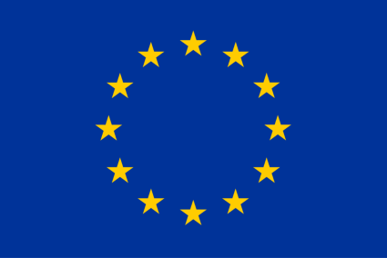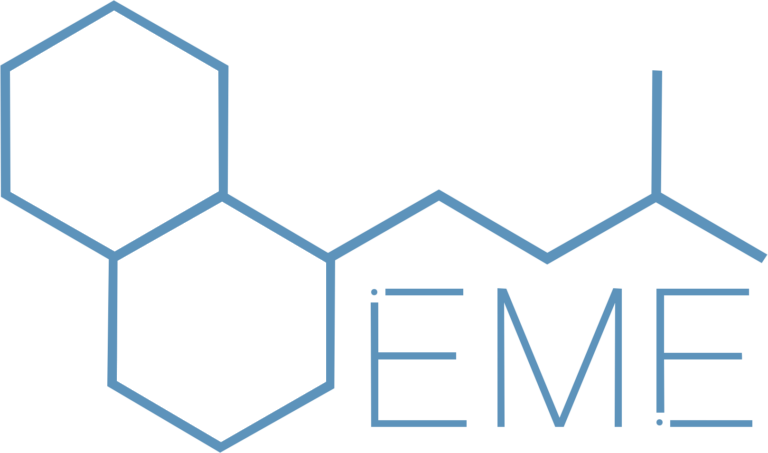This report delves into the intricacies of sustainable consumer behavior, in the context of Schiphol airport. PET bottles and cans could be seen as a big contributor in the waste streams of Schiphol. This was concluded from research that was executed by TULIPS. Drawing upon Fogg’s behavior model (2009) as a foundational framework, design opportunities could be found. The model proposes that behaviour is a combination of three key factors: motivation, ability and triggers. In this context, motivation is explored in terms of environmental concerns, while capability is divided into components such as time, money and physical effort, among others. Triggers, on the other hand, are categorised as sparks, facilitators and signals, each playing a different role in influencing behaviour. The research further delves into practical applications, with a focus on Schiphol and the challenges of PET bottle and can collection. Through a series of brainstorming sessions and idea generation exercises, participants created visual ideas and potential solutions. A final design is proposed which consists of an add-on at the current waste bins at Schiphol, and a campaign proposal. The report concludes with a series of recommendations and insights into what the final design could offer Schiphol as it moves towards a more sustainable future.
For all resources developed on this project, please refer to this link.


